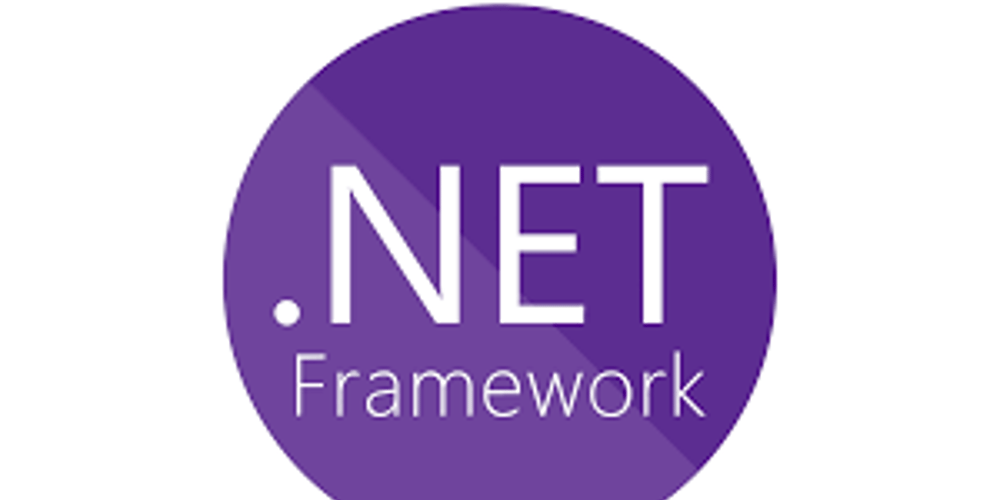Title: A Comprehensive Road Map to Learning Python and AI
Introduction:
Introduce the importance of Python and AI in today's technological landscape. Highlight the potential for innovation and problem-solving that comes with mastering these skills.
Step 1: Getting Started with Python:
- Introduce Python as a beginner-friendly programming language.
- Set up a development environment (IDEs, text editors).
- Cover basic syntax, variables, data types, and control structures.
Step 2: Python Data Structures and Functions:
- Explore lists, tuples, dictionaries, and sets.
- Dive into functions, parameters, and return values.
- Discuss object-oriented programming concepts.
Step 3: Python Libraries for AI:
- Introduce libraries like NumPy and pandas for data manipulation.
- Explore data visualization with Matplotlib and Seaborn.
Step 4: Introduction to AI:
- Define artificial intelligence and its subfields (machine learning, deep learning, etc.).
- Explain the role of AI in various industries.
Step 5: Foundations of Machine Learning:
- Understand supervised, unsupervised, and reinforcement learning.
- Cover key concepts like training and testing, overfitting, and bias-variance trade-off.
Step 6: Machine Learning Libraries:
- Introduce scikit-learn for machine learning algorithms.
- Discuss how to preprocess data and train models.
Step 7: Deep Learning and Neural Networks:
- Explain neural networks and their components.
- Introduce frameworks like TensorFlow and PyTorch.
- Cover basics of building and training neural networks.
Step 8: Advanced AI Topics:
- Discuss natural language processing (NLP) and computer vision.
- Explore applications like recommendation systems and autonomous vehicles.
Step 9: Real-world Projects:
- Emphasize the importance of hands-on projects.
- Suggest projects like image classification, sentiment analysis, or chatbots.
Step 10: Continuous Learning and Resources:
- Provide resources for staying updated on AI trends and advancements.
- Suggest online courses, blogs, and communities for learning and networking.
Conclusion:
Summarize the journey from learning Python to diving into AI concepts. Encourage readers to embrace continuous learning and experimentation as they embark on their AI journey.
Remember, this is just an outline to help you structure your article. Feel free to expand on each step and provide more detailed information for your readers. Happy writing!


















